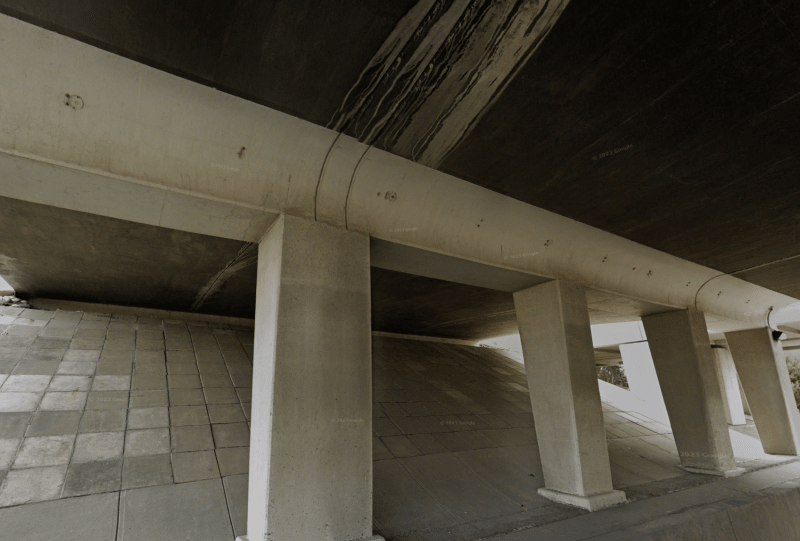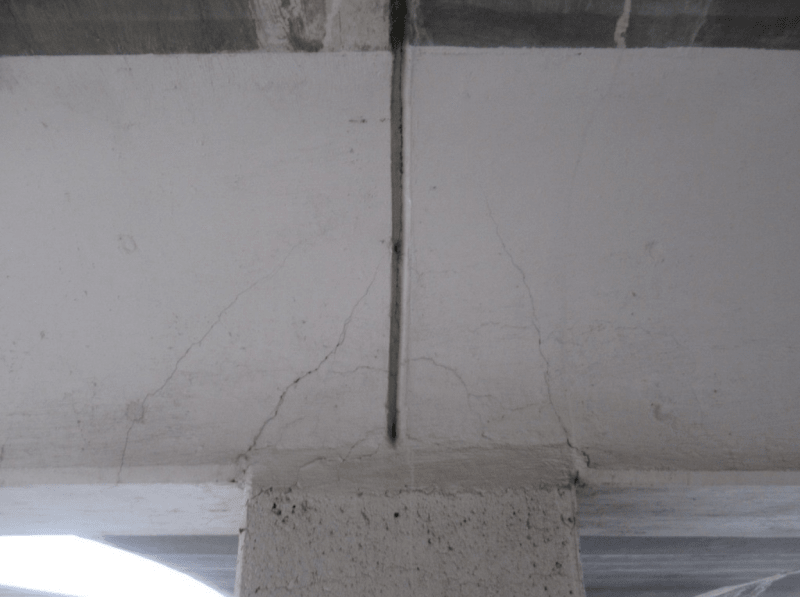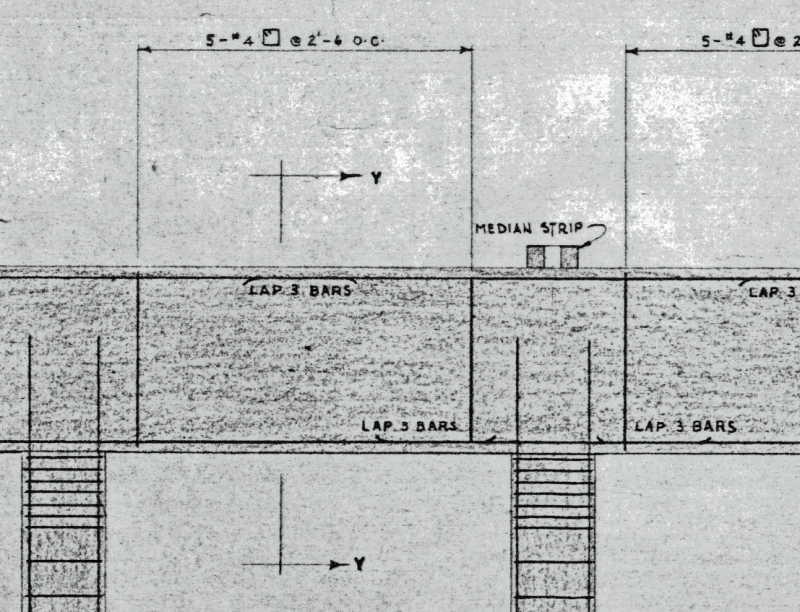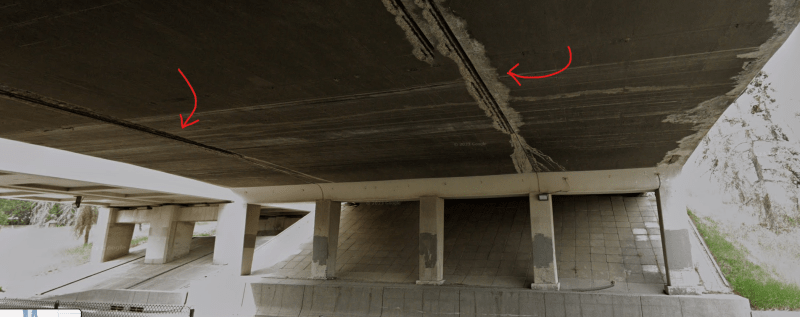tmalik3156
Structural
Good day.
This is an unusual type of bridge (constructed in the '50s) where pier columns directly carry thrust from the deck slab - without any bearings in between. The photo below also shows a lot of leakage, efflorescence, corrosion at the soffit above.

There are cracks visible on pier cap. We are wondering about the reasons for these cracks.

Our opinion is that these are not structural cracks. This is because the cracks would have spread in the opposite direction if they were due to punching shear. But we are not sure what the reason is. Are these shrinkage cracks?
The reinforcement drawing is shown below:

Your opinions are appreciated. Thank you.
This is an unusual type of bridge (constructed in the '50s) where pier columns directly carry thrust from the deck slab - without any bearings in between. The photo below also shows a lot of leakage, efflorescence, corrosion at the soffit above.

There are cracks visible on pier cap. We are wondering about the reasons for these cracks.

Our opinion is that these are not structural cracks. This is because the cracks would have spread in the opposite direction if they were due to punching shear. But we are not sure what the reason is. Are these shrinkage cracks?
The reinforcement drawing is shown below:

Your opinions are appreciated. Thank you.


